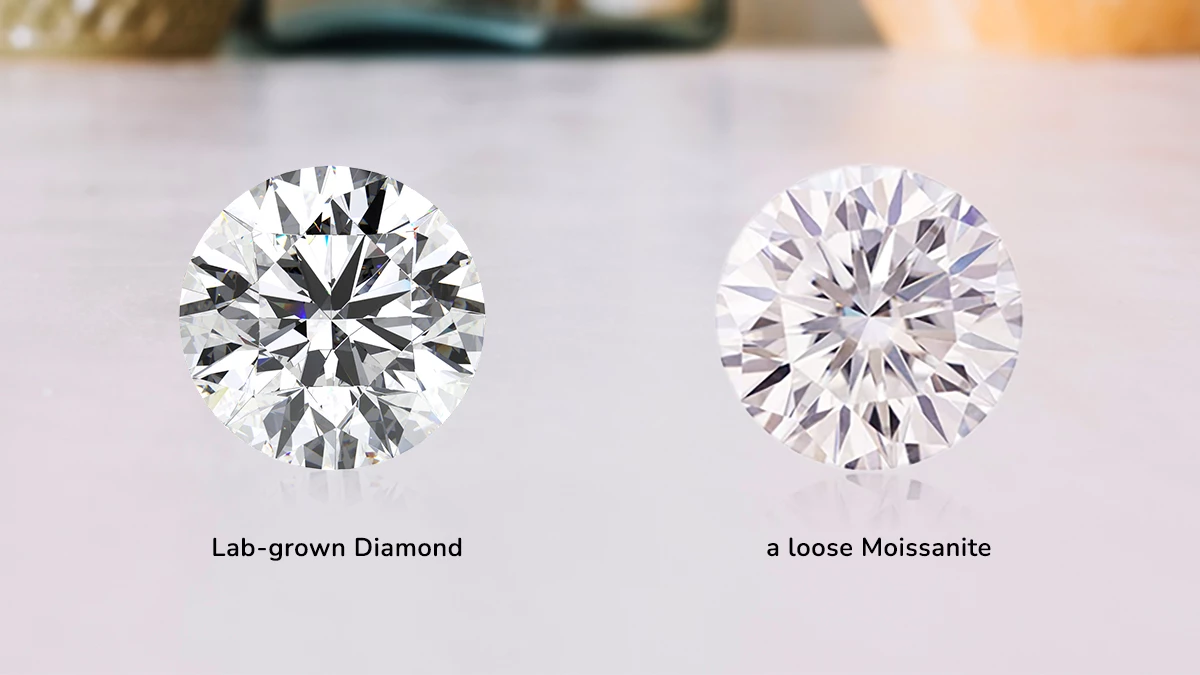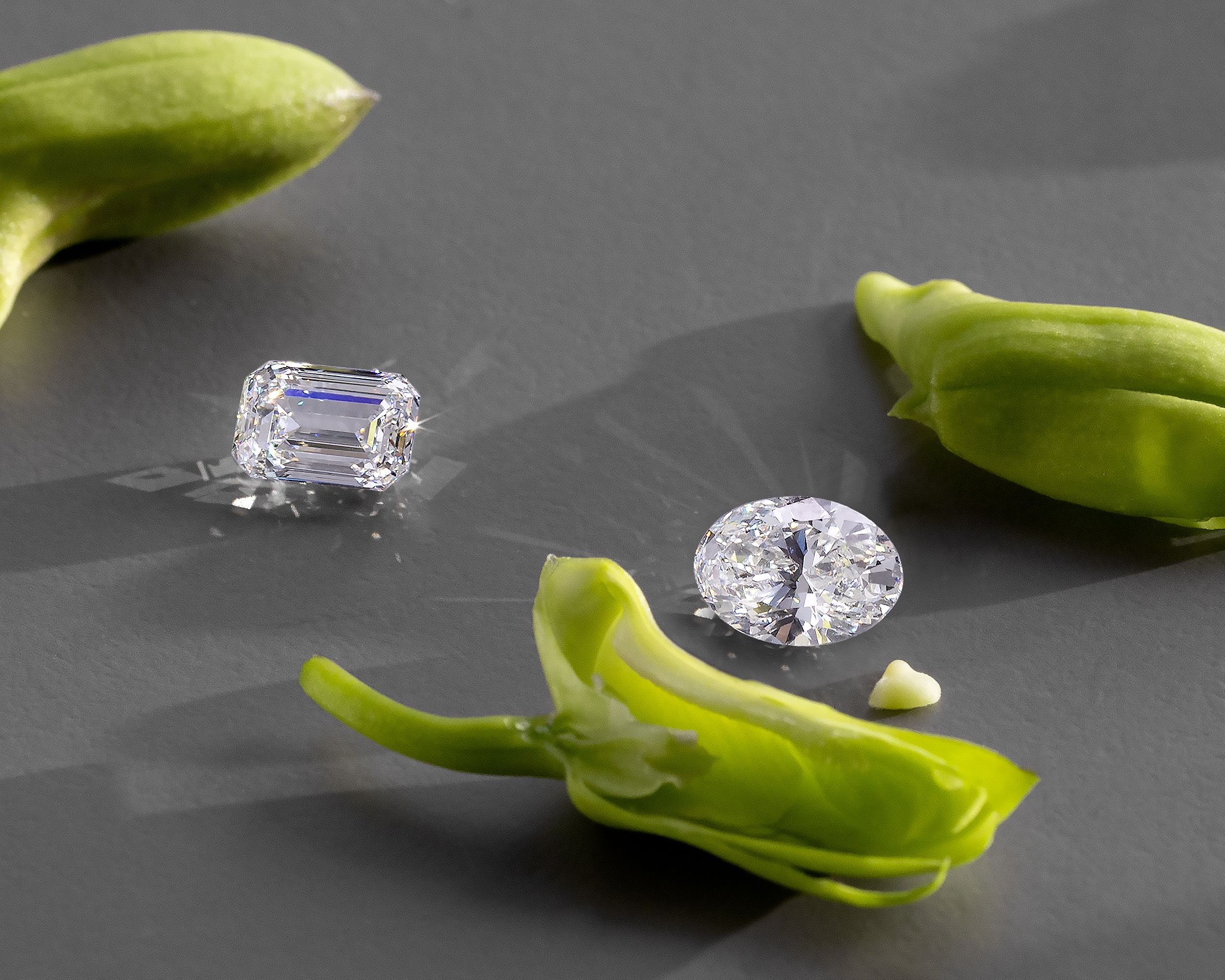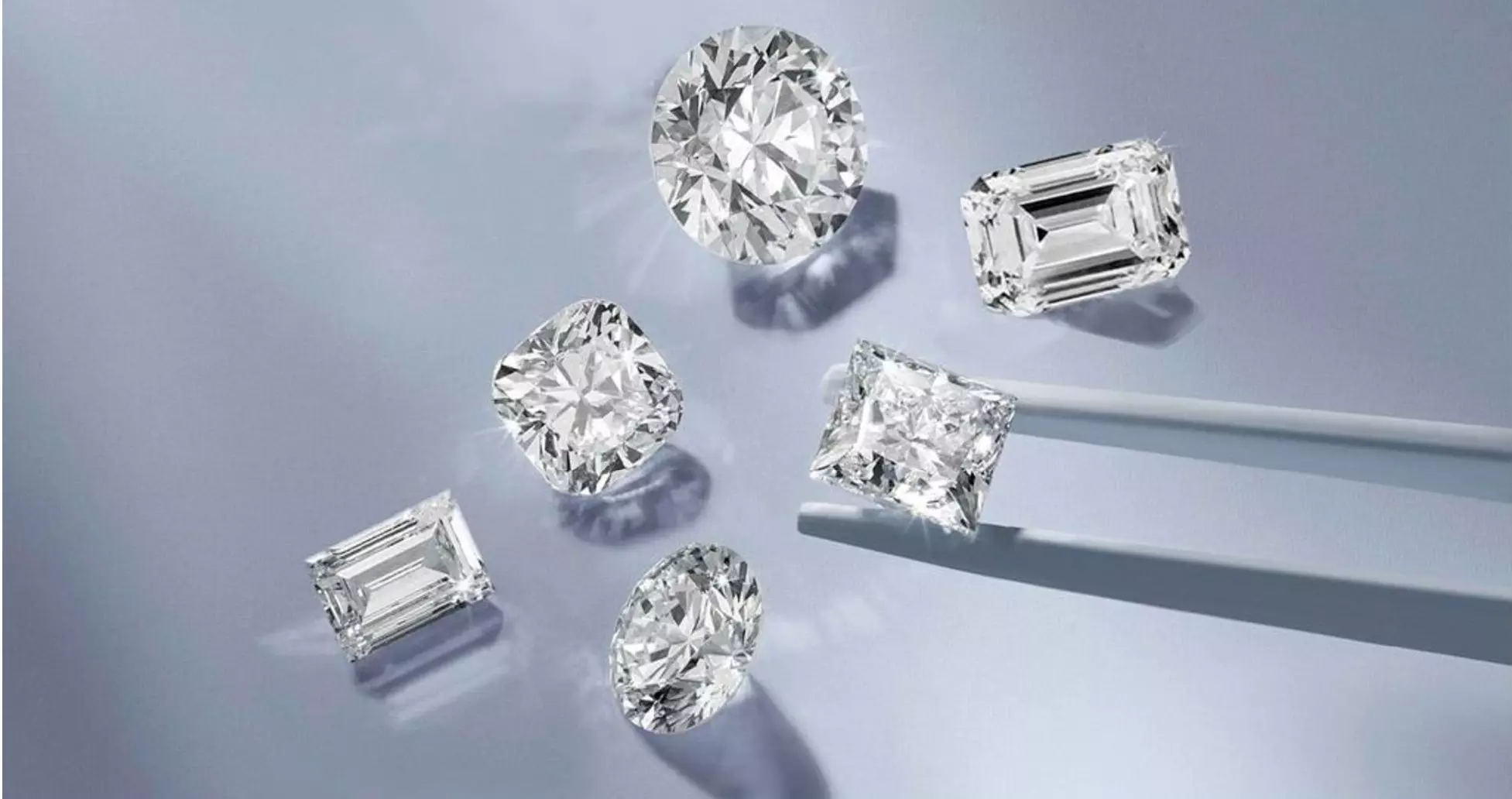Introduction to Diamonds
Diamonds have long been cherished for their beauty and symbolism. However, in recent years, the rise of lab-grown diamonds has sparked a debate among consumers. Understanding the differences between diamante de laboratorio vs natural is essential for making an informed choice, whether for an engagement ring or a special piece of jewelry.
What Are Lab-Grown Diamonds?
Lab-grown diamonds, also known as synthetic or cultured diamonds, are created in controlled environments using advanced technology. They have the same physical, chemical, and optical properties as natural diamonds, making them virtually indistinguishable. Lab-grown diamonds offer a sustainable alternative, appealing to environmentally conscious consumers who seek beauty without the ethical concerns sometimes associated with natural diamonds.
The Formation of Natural Diamonds
Natural diamonds are formed deep within the Earth over billions of years through high-pressure and high-temperature processes. This natural creation gives them a unique story and a sense of authenticity that many buyers value. While natural diamonds are often marketed for their rarity, the environmental impact of their extraction can raise ethical questions, which is where lab-grown diamonds shine as an alternative.
Cost Comparison: Lab-Grown Diamonds vs. Natural Diamonds
One of the most significant differences between lab-grown diamonds and natural diamonds is their price. Lab-grown diamonds are typically 20-40% less expensive than their natural counterparts. This cost-effectiveness allows consumers to purchase larger or higher-quality stones while staying within budget. For those looking for beauty without the hefty price tag, lab-grown diamonds present an attractive option.
The Environmental Impact
When comparing lab-grown diamonds and natural diamonds, the environmental impact is a critical factor. Natural diamond mining can lead to significant ecological damage, including habitat destruction and carbon emissions. In contrast, lab-grown diamonds are created with minimal environmental disruption, making them a more sustainable choice. Consumers increasingly prefer lab-grown diamonds due to their lower carbon footprint and ethical considerations.
Identifying Lab-Grown Diamonds vs. Natural Diamonds
While lab-grown diamonds and natural diamonds share the same chemical composition, there are subtle differences in their formation. Gemological labs can often distinguish between the two using advanced technology. Most lab made diamonds contain specific inclusions or growth patterns unique to the lab process, while natural diamonds have inclusions formed over millions of years. However, many consumers find that the visual and physical characteristics of both types of diamonds meet their expectations.
The Emotional Value of Natural Diamonds
For many, natural diamonds hold sentimental value and cultural significance. The idea of a natural diamond being a product of the Earth’s geological processes can evoke a sense of romance and tradition. This emotional connection often leads people to favor natural diamonds, especially for milestone moments like engagements. Understanding this aspect can help consumers make a more personal decision when choosing between lab-grown diamonds and natural diamonds.
Popularity and Trends in the Market
The market for lab-grown diamonds has seen exponential growth in recent years. Consumers are increasingly leaning towards lab-grown options for their affordability and ethical benefits. Many jewelers now offer a range of lab-grown diamonds alongside natural diamonds, providing customers with diverse choices. As awareness of the differences between lab-grown diamonds and natural diamonds continues to rise, this trend is expected to grow.
Resale Value Considerations
Another important factor to consider is the resale value of lab-grown diamonds versus natural diamonds. Natural diamonds have traditionally held their value well, partly due to their perceived rarity. Lab-grown diamonds, on the other hand, tend to depreciate more quickly because they are produced in larger quantities. If long-term investment value is a significant consideration for buyers, natural diamonds may be the preferred choice.
Making an Informed Decision
When choosing between lab-grown diamonds and natural diamonds, it’s essential to consider your values, budget, and personal preferences. Lab-grown diamonds offer a stunning, ethical alternative at a lower price point, while natural diamonds provide a sense of history and emotional connection. Each option has its benefits, and understanding these can help you make a choice that aligns with your lifestyle and beliefs.
Conclusion
The debate between lab-grown diamonds and natural diamonds ultimately comes down to personal choice. Lab-grown diamonds provide a modern, sustainable, and cost-effective alternative, while natural diamonds carry a sense of tradition and emotional significance. Whichever option you choose, both lab-grown diamonds and natural diamonds can offer breathtaking beauty and serve as timeless symbols of love and commitment.



